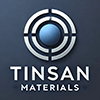Showing 13–24 of 24 results
-
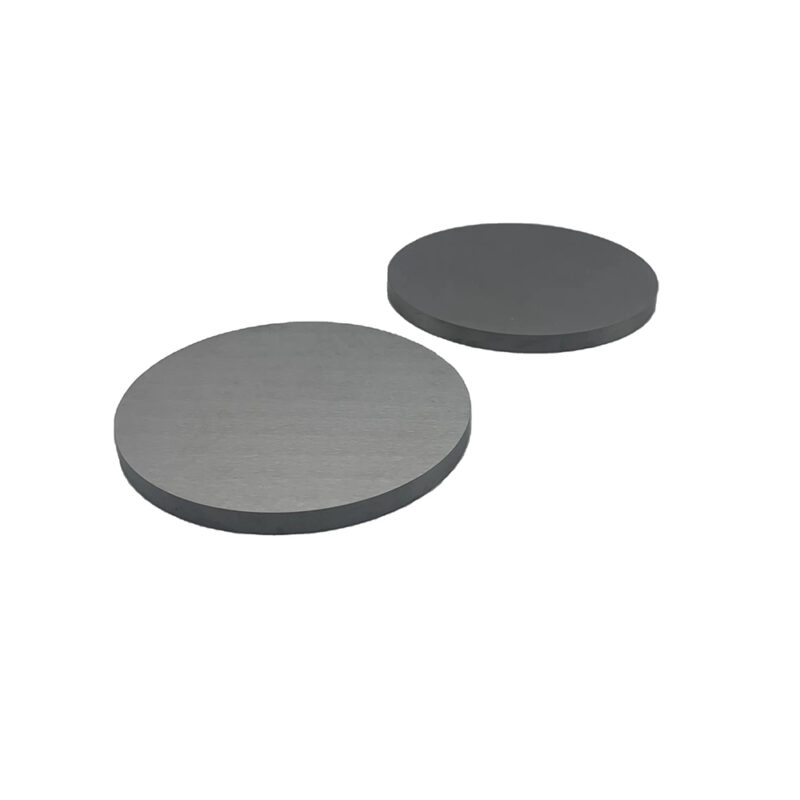
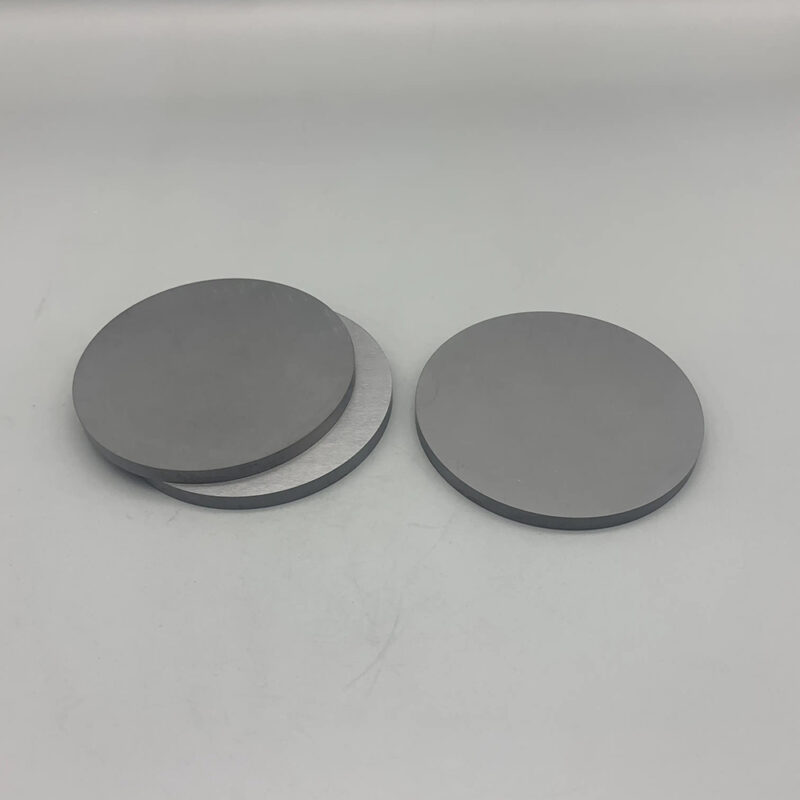
- Exceptional Hardness: WC films offer high hardness, contributing to their use in tools and wear-resistant coatings.
- Thermal Stability: Tungsten Carbide thin films can withstand high temperatures without degrading, making them suitable for high-temperature environments.
- High Melting Point: WC has a melting point above 2,870°C, ensuring it retains its structural integrity in extreme conditions.
- Corrosion Resistance: WC coatings provide strong resistance against corrosion, enhancing the longevity of components used in harsh environments.
- Excellent Adhesion: WC sputtered films adhere well to various substrates, including metals and ceramics, ensuring durability and longevity of the coatings.
-
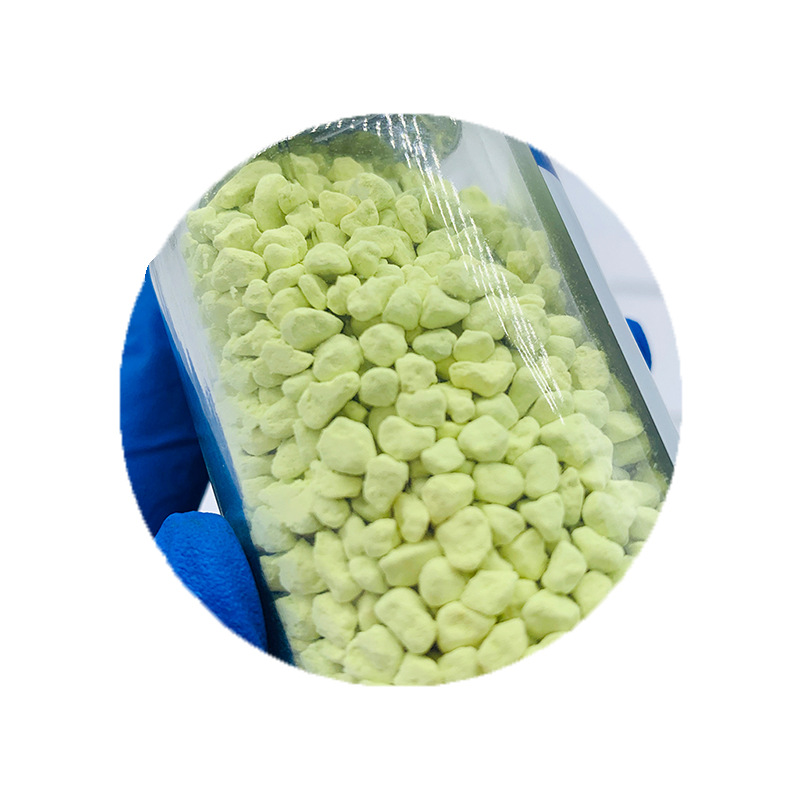
- Electrochromic Properties: WO₃ can change color and transparency when voltage is applied, making it ideal for smart window applications.
- High Refractive Index: WO₃ thin films provide superior optical performance in applications requiring high refractive index materials.
- Environmental Durability: WO₃ films exhibit good chemical and thermal stability, ensuring durability in harsh environmental conditions.
- Photocatalytic Activity: WO₃ is capable of breaking down pollutants and splitting water for hydrogen production when exposed to UV light.
-
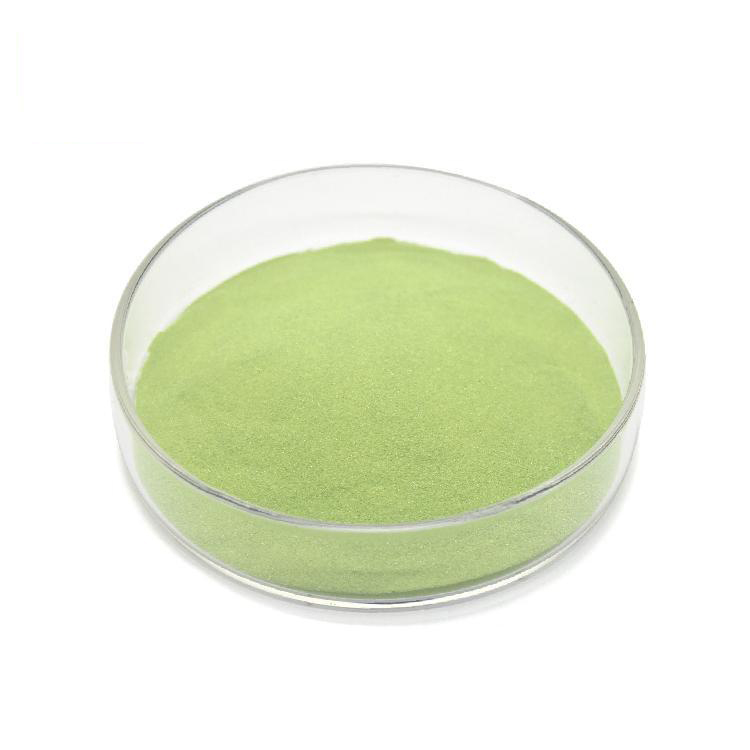
- High Purity: WO3 content of ≥99.9%.
- Exceptional Optical Properties: High transparency in the visible spectrum.
- Thermal and Chemical Stability: Resists high temperatures and corrosive environments.
- Versatility: Suitable for applications in energy, environmental technology, and electronics.
- Customizable Particle Sizes: Tailored to specific application requirements.
-
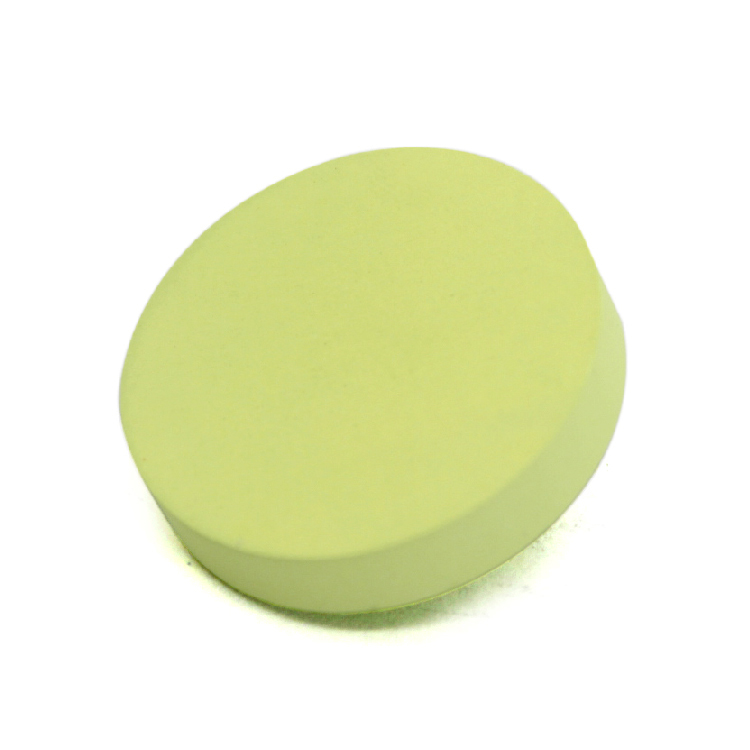
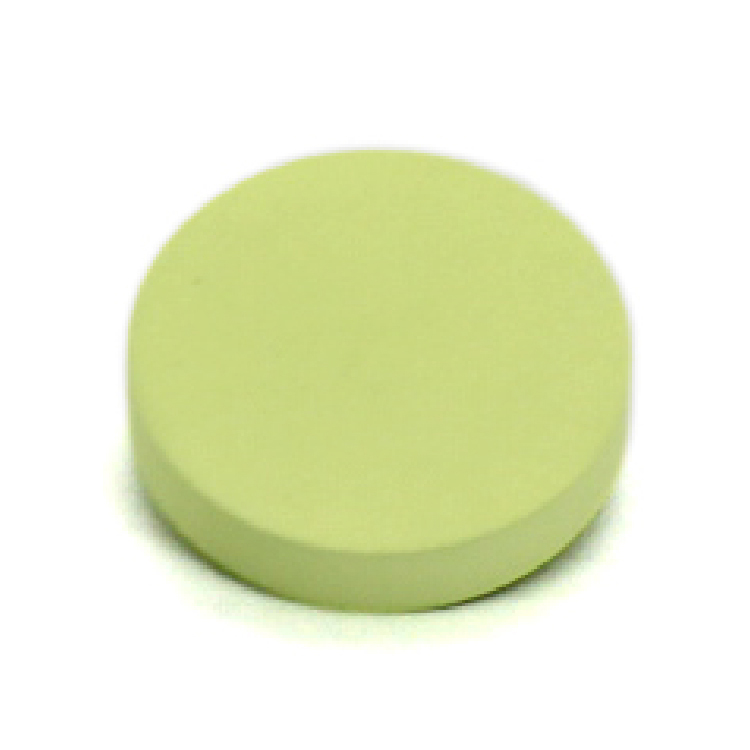
- High Melting Point: WO₃ has a high melting point (~1473°C), making it suitable for high-temperature applications.
- Chemical Stability: WO₃ is chemically stable and resistant to oxidation, ensuring long-term reliability in harsh environments.
- Transparency Control: WO₃ films can be engineered for transparency modulation, useful in smart glass and energy-efficient windows.
- High Conductivity: When doped or treated, WO₃ can exhibit increased electrical conductivity for various electronic applications.
-
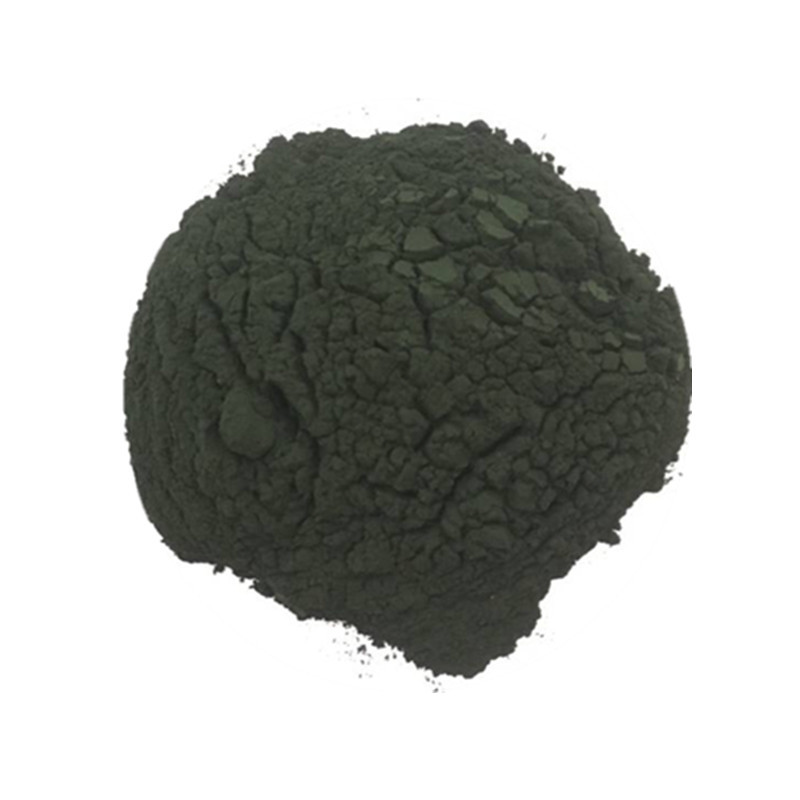
- Ultra-Low Friction: Excellent solid lubricant properties with a coefficient of friction as low as 0.03.
- High Thermal Stability: Effective up to 450°C in normal environments and up to 650°C in vacuum conditions.
- High Purity: Ensures consistent performance in critical applications.
- Versatile Particle Sizes: Available in nano and micron grades.
- Chemical Resistance: High resistance to oxidation, corrosion, and wear.
- Wide Application Range: Suitable for coatings, composites, lubricants, and electronics.
-
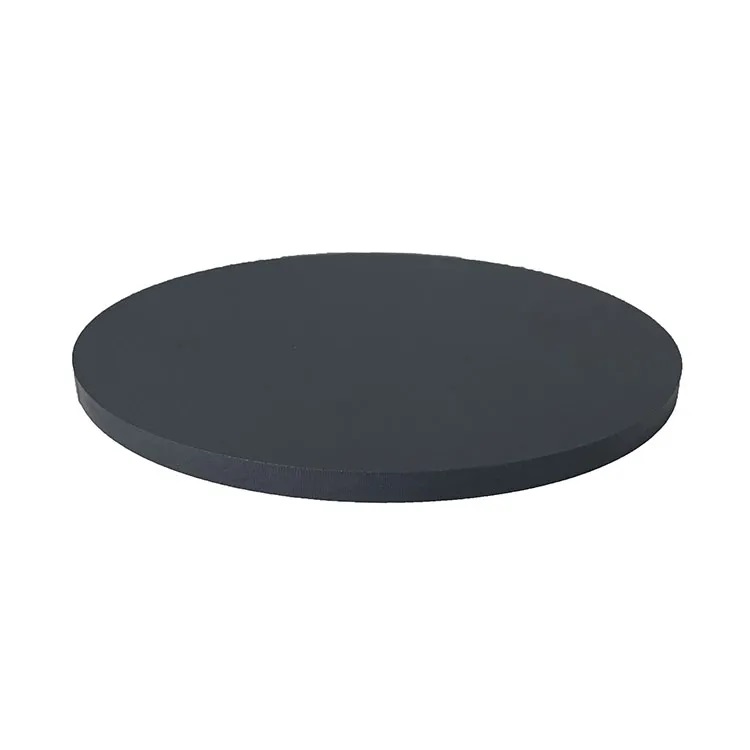
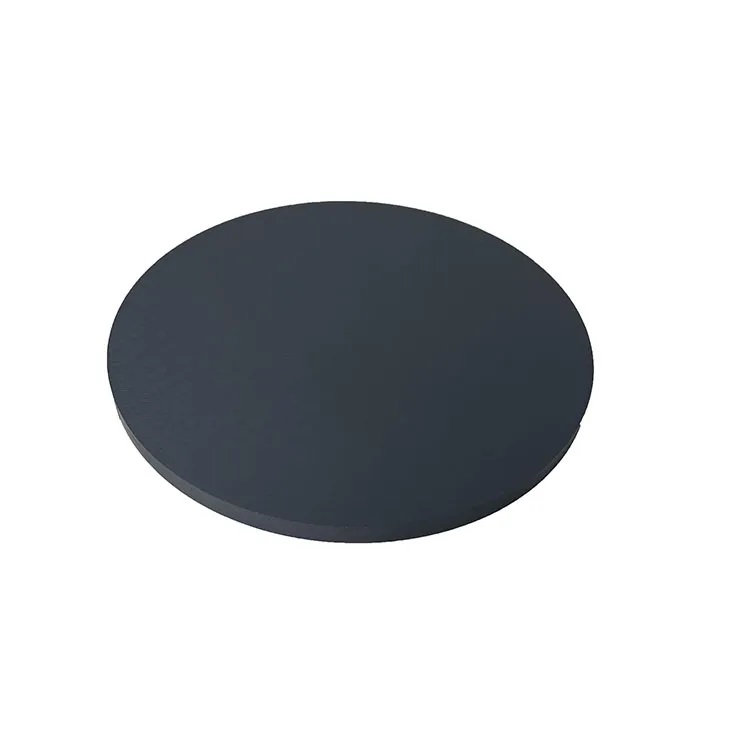
- Low Friction Coefficient: WS2 thin films exhibit an extremely low coefficient of friction, which is beneficial for improving the performance of mechanical systems in high-friction environments.
- Thermal Stability: WS2 coatings maintain their properties at elevated temperatures, making them suitable for high-temperature applications.
- High Wear Resistance: WS2 offers exceptional wear resistance, extending the operational life of coated components subjected to abrasive conditions.
- Chemical Inertness: WS2 is resistant to corrosion and oxidation, making it durable in harsh chemical environments.
- Layered Structure: The unique layered structure of WS2 provides excellent lubricating properties due to the easy shearing between layers.
-
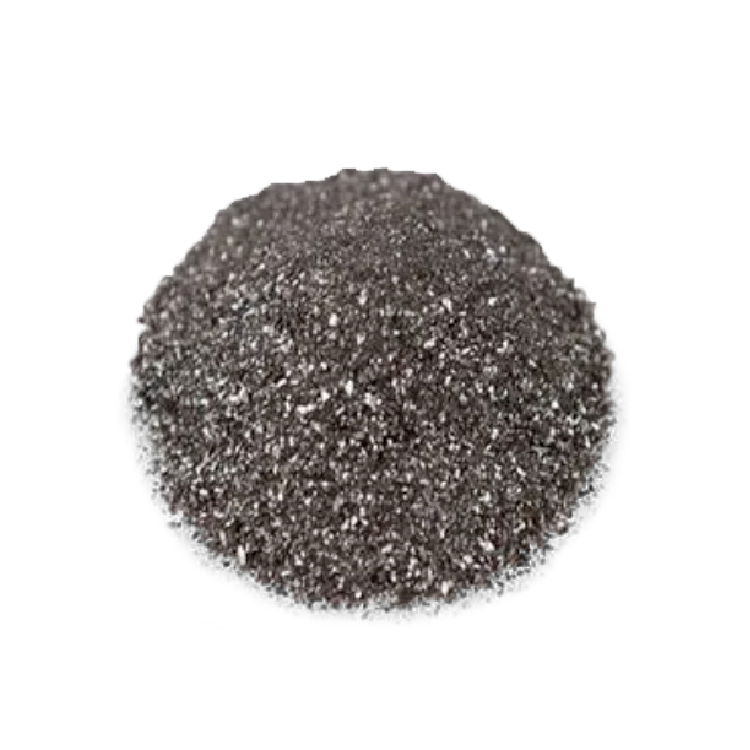
- High Purity: Ultra-pure WSe₂ for reliable and repeatable performance.
- Layered Structure: Two-dimensional material with strong in-plane bonding and weak interlayer van der Waals forces.
- Exceptional Optical Properties: Ideal for applications requiring precise light absorption and emission.
- Chemical Stability: Resistant to oxidation and degradation in harsh environments.
- Customizable Particle Size: Tailored to specific research or industrial needs.
-
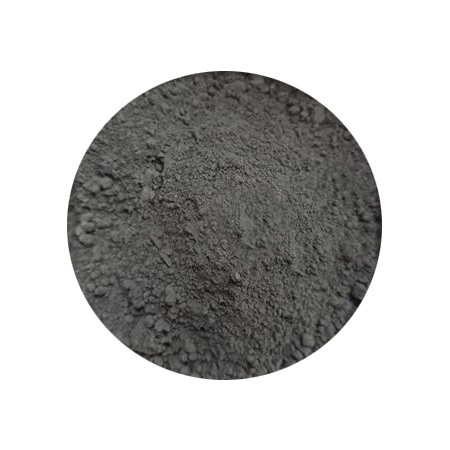
- High Purity: ≥99.9% purity for enhanced performance and reliability in advanced applications.
- Layered Structure: Exhibits a two-dimensional structure, similar to graphene, allowing for unique electronic and optical properties.
- Optical Properties: Strong photoluminescence and excellent performance in the infrared (IR) spectrum, suitable for optoelectronic applications.
- Electronic Performance: High electron mobility, making it an ideal candidate for transistors, sensors, and other electronic devices.
- Stable and Durable: Resilient under a variety of environmental conditions, including exposure to moisture and oxygen.
- Scalable Production: Available in different quantities and customizable particle sizes to meet specific application needs.
-
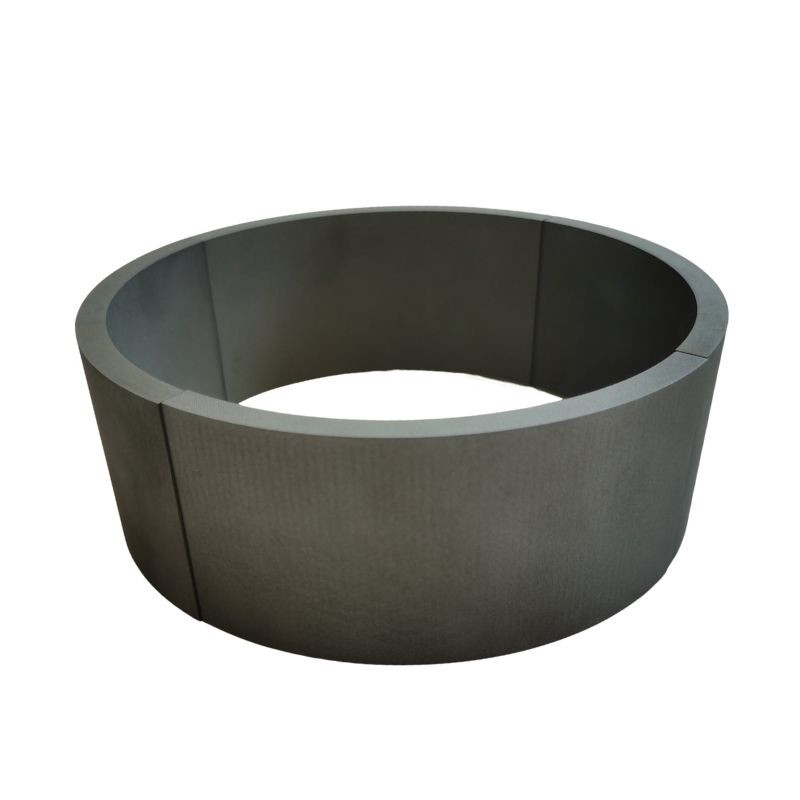
- Exceptional Thermal Stability: Withstands high-temperature operations.
- High Electrical Conductivity: Ideal for conductive and resistive layers.
- Oxidation Resistance: Reliable performance in harsh environments.
- High Purity: Ensures uniform deposition and minimal contamination.
- Customizability: Available in various dimensions and purities to suit specific needs.
-
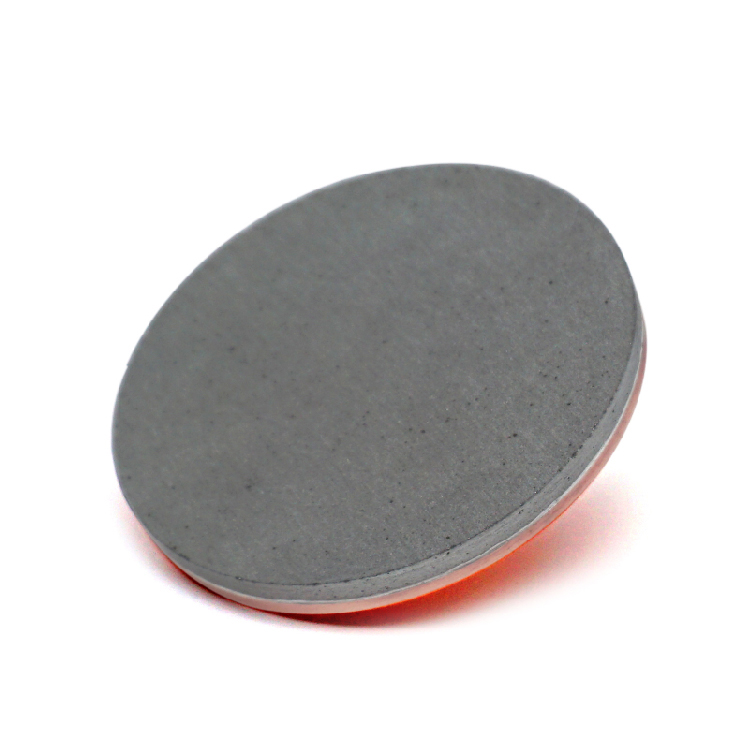
- High Purity: Ensures superior thin-film quality with minimal impurities.
- Layered Structure: Supports the formation of ultra-thin films with excellent properties.
- Stable Composition: Reliable and consistent deposition outcomes.
- Versatile Application: Compatible with various sputtering systems and techniques.
- Customizable Options: Tailored targets for specific research and industrial requirements.
-
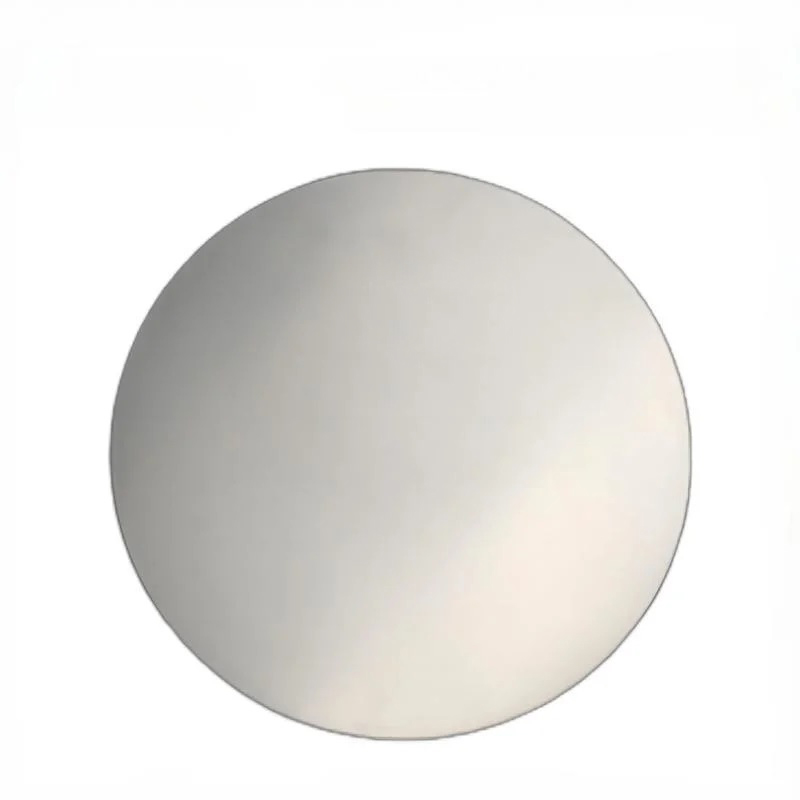
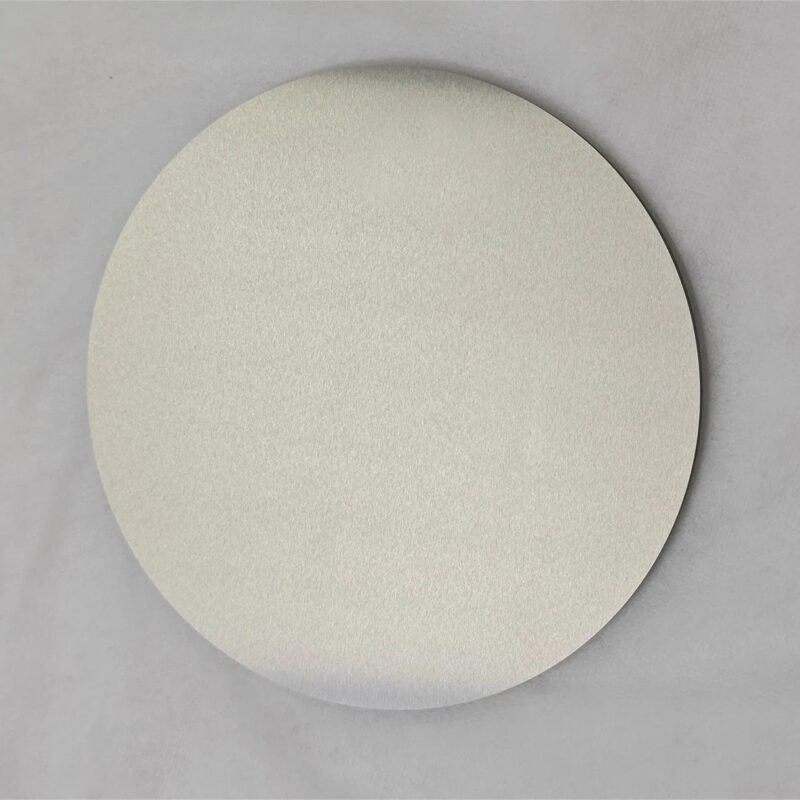
- High Melting Point: The combination of tungsten and titanium gives the alloy a high melting point, making WTi thin films highly durable and able to withstand extreme temperatures.
- Oxidation and Corrosion Resistance: WTi thin films resist oxidation and corrosion, making them ideal for environments where materials are exposed to harsh conditions.
- Excellent Adhesion: WTi thin films exhibit excellent adhesion to various substrates, which is crucial for thin-film performance in semiconductor and microelectronic applications.
- Good Electrical Conductivity: Tungsten’s inherent conductivity is complemented by titanium, making the alloy an ideal choice for electrical applications, such as in semiconductors and thin-film resistors.
- Mechanical Strength: The alloy’s mechanical strength ensures that WTi thin films are resistant to wear, making them suitable for use in hard coatings and other demanding applications.
-
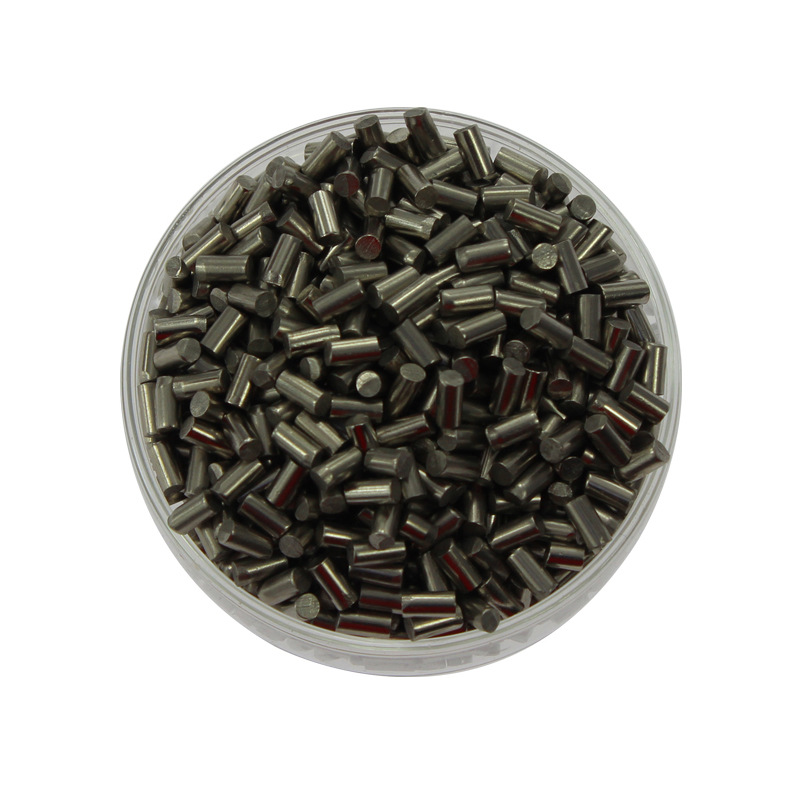
- High Hardness: Provides excellent wear resistance, making it suitable for demanding applications.
- Corrosion Resistance: Offers good resistance to oxidation and chemical corrosion.
- Thermal Stability: Maintains mechanical properties at elevated temperatures.
